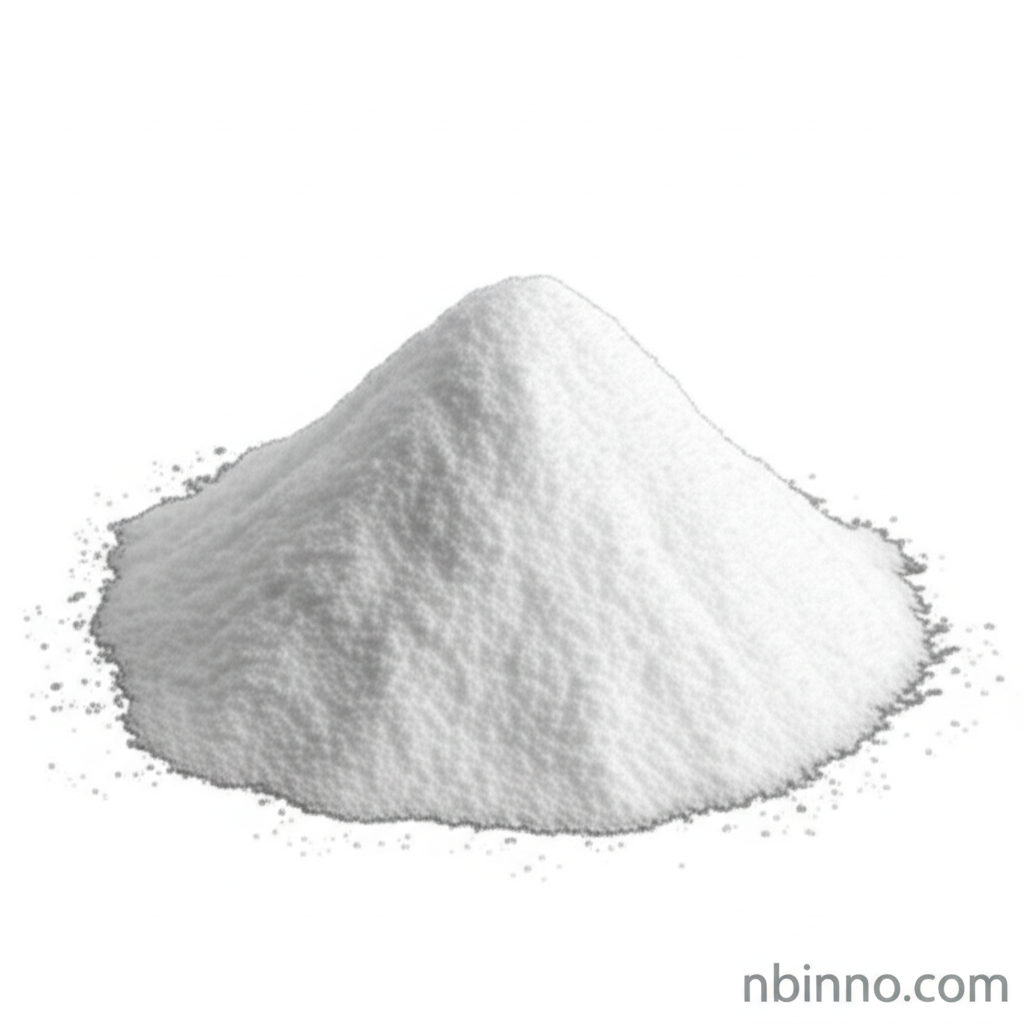Octadecyl Trimethyl Ammonium Bromide: Properties, Applications, and Benefits
Discover the versatile uses of this key quaternary ammonium salt in various industrial applications.
Get a Quote & SampleProduct Core Value

Octadecyl Trimethyl Ammonium Bromide
Octadecyl Trimethyl Ammonium Bromide is a highly effective quaternary ammonium salt known for its exceptional surfactant properties. With a high assay of 99%, it serves as a critical component in numerous industrial processes, offering solutions for emulsification, static control, and microbial inhibition.
- Explore the diverse applications of Octadecyl Trimethyl Ammonium Bromide as a reliable emulsifier in asphalt and coating formulations.
- Understand the benefits of using stearyl trimethyl ammonium bromide properties for effective antistatic treatments in textiles.
- Learn about the essential uses of CAS 1120-02-1 as a potent bactericide and disinfectant for hygiene-critical applications.
- Discover how this quaternary ammonium salt surfactant functions as a phase transfer catalyst, optimizing chemical reactions.
Key Advantages
Enhanced Surface Activity
Leverage the exceptional penetration, softening, and emulsifying capabilities of Octadecyl Trimethyl Ammonium Bromide to improve product performance and user experience.
Broad-Spectrum Efficacy
Benefit from its reliable performance as a bactericide and antistatic agent, ensuring product safety and enhancing material properties across various sectors.
Chemical Process Optimization
Utilize its strength as a phase transfer catalyst to facilitate complex chemical syntheses, thereby improving efficiency and yield in manufacturing processes.
Key Applications
Industrial Emulsifiers
As a key emulsifier, this compound is vital for asphalt emulsification and the creation of stable waterproof coatings, ensuring material integrity and application ease.
Textile Treatment
It serves as an effective antistatic agent for textiles, improving fiber handling and reducing static cling, which is crucial for fabric quality and comfort.
Disinfection and Hygiene
Its bactericidal properties make it a valuable component in disinfectants and sanitizing agents, contributing to a hygienic environment.
Chemical Synthesis
Functioning as a phase transfer catalyst, it aids in chemical reactions, particularly in systems with immiscible phases, enhancing reaction rates and yields.
